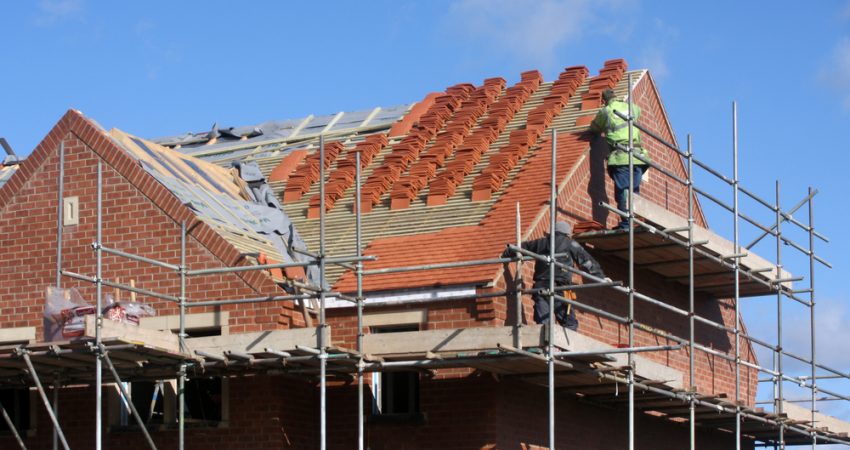Analysis reveals that only three regions – London, the East Midlands and Wales – showed an increase in the number of residential contracts awarded last year.
The government’s ability to deliver 300,000 new homes annually by the mid-2020s has been thrown into doubt after figures suggested the number of contract awards in the residential sector slowed down last year.
Analysis by the Construction Products Association (CPA) and Barbour ABI showed that of 12 regions in Great Britain only three – London, the East Midlands and Wales – showed an increase in the number of residential contracts awarded.
The capital saw residential contracts worth £4.7bn awarded in 2018, up 30% year-on-year, but the CPA said this still remained below levels reported between 2013 and 2016.
In overall value terms, the Northern Powerhouse topped the table with £5.8bn, although this was 13% lower than 2017. Wales was the biggest gainer in contract awards, down nearly 26% year-on-year.
Rebecca Larkin, the CPA’s senior economist, said a cooling in house price growth had created residential coldspots across the country. “Despite the government’s demand side stimulus and ambitious supply side goals, a slowdown in activity in a market dominated by private sector house builders may not be avoided. In addition, Brexit-related uncertainty means investors are still wary of committing to large upfront outlays.”
Larkin said an example was the pause in construction work on the £800m Spire London scheme on the Isle of Dogs, “given the significant weakening in prevailing market conditions, particularly for high-end property in the capital”.
While the housing sector witnessed a cooling off the commercial sector saw a recovery last year, thanks to contract awards for schemes such as the Buckholt business park in East Sussex, while infrastructure projects such as the development of wind farms off the coasts of Lincolnshire and eastern Scotland were worth a combined £3.5bn.




